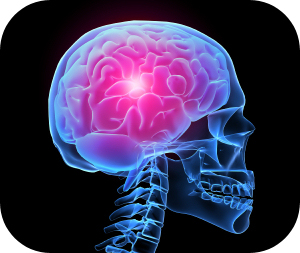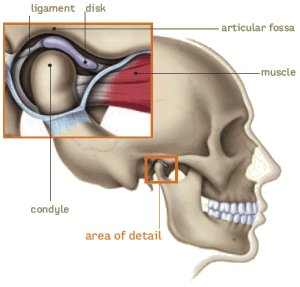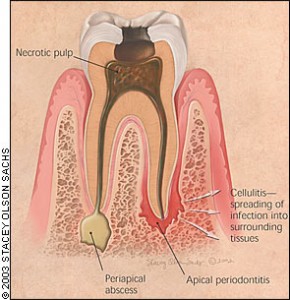Continued from Part 3
Chronic post-traumatic headache
Most persons who have had head injuries have local pain or tenderness at the site of impact for a few hours or even for a few days, after which many become symptom-free. However up to one half of all persons who injure their heads sufficiently to warrant hospitalization develop chronic post-traumatic headaches. Continue reading



